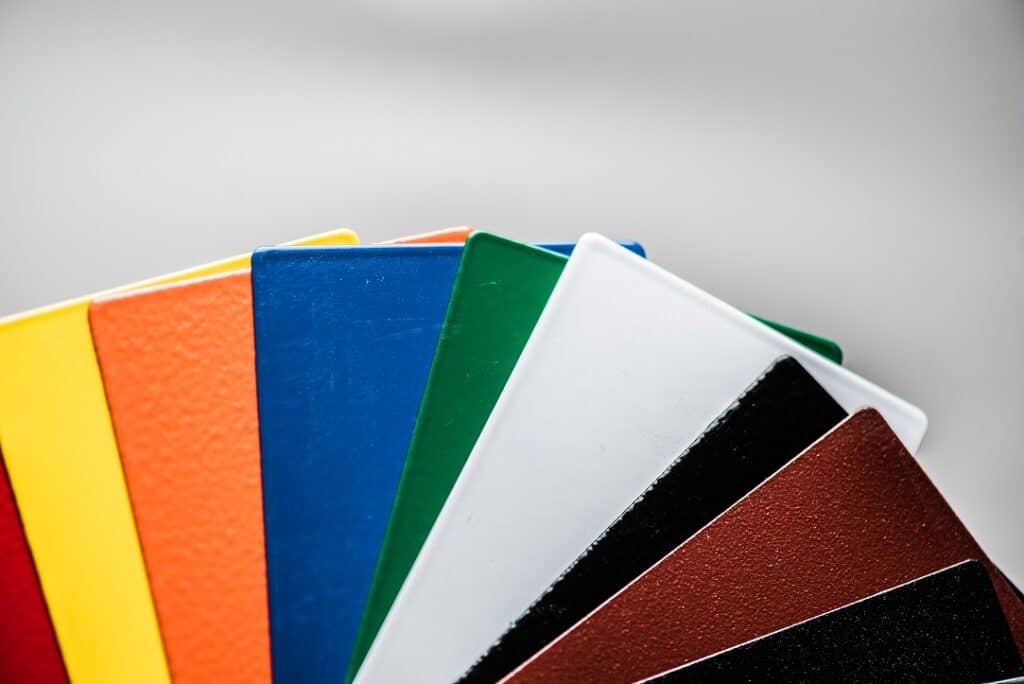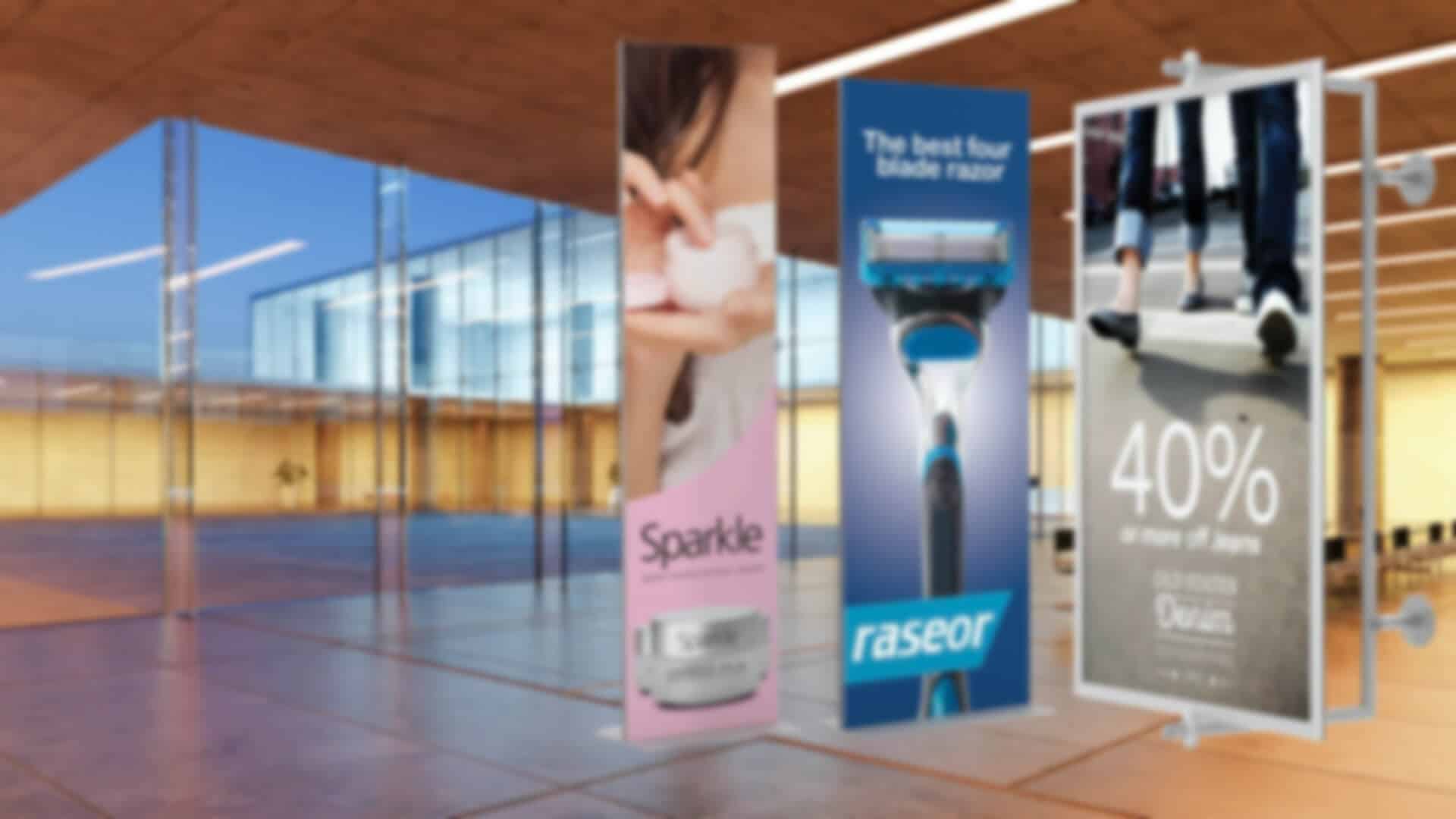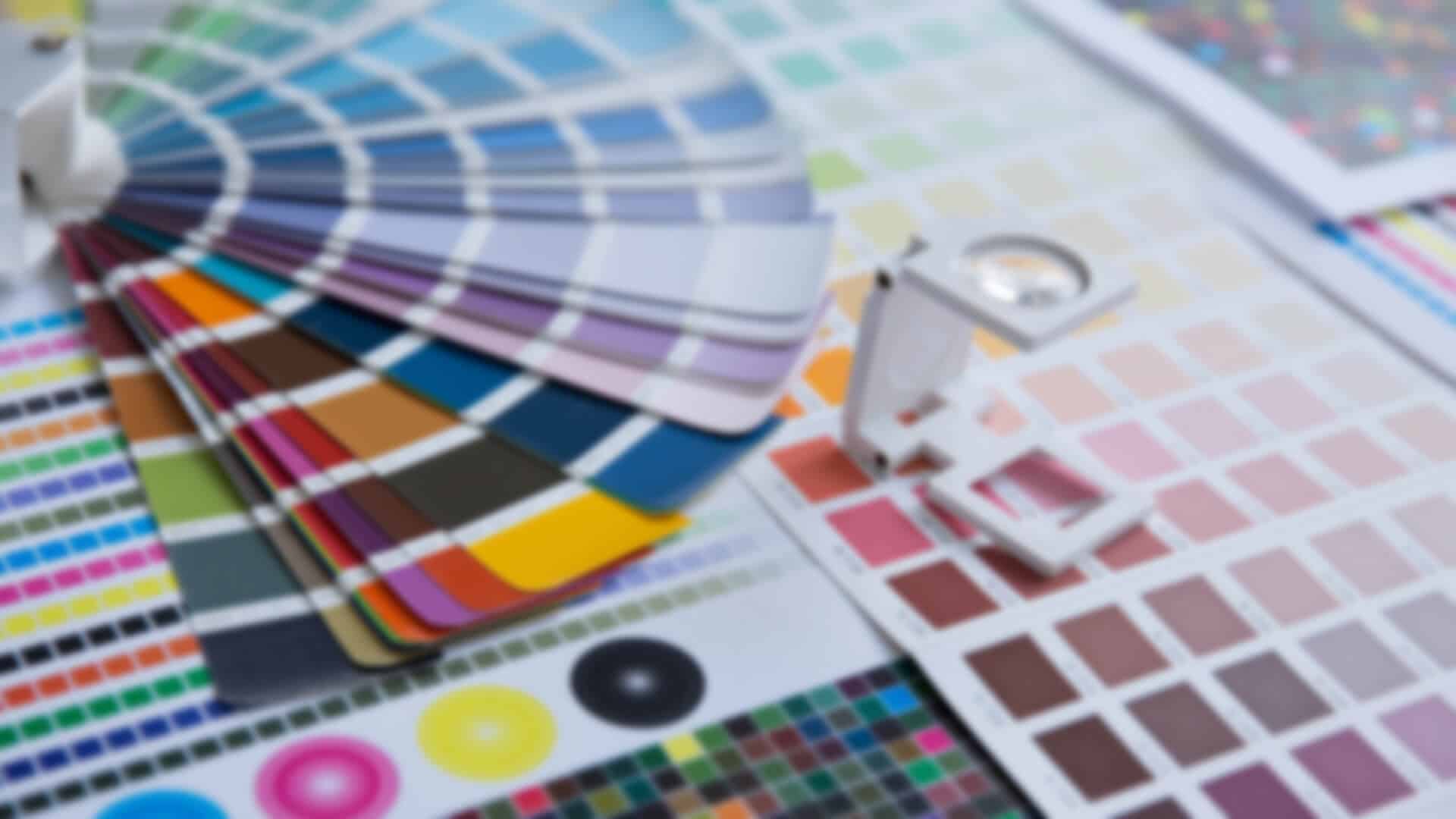
Printing materials can often make or break the impact of your marketing campaign. One of the key decisions that small business owners face is the choice of paper to use for their printed materials. Coated and uncoated paper each have their own unique properties, and choosing the right one for your project can greatly enhance the overall look and feel of your marketing materials.
In this post, we’ll explore the debate between coated and uncoated paper and help you determine when you should choose paper coatings for your printed materials. By understanding the characteristics of each type of paper, you can make an informed decision that will help you create a memorable and professional impression for your business.
The Right Time for Coated Paper
Coatings are an ideal choice for printed materials that require a professional and long-lasting appearance. Its extra layer of coating, made of clay or polymer, makes it less porous and more reflective. As a result, printed images and designs appear sharper, brighter, and more vibrant. The coating also protects against dirt, moisture, and wear and tear, which helps to keep your printed pieces looking crisp and professional for a longer period of time.
When it comes to choosing the right type of paper coatings, there are several options available. Gloss-coated paper provides a high shine and is great for high-contrast projects that use a lot of color images or designs. Dull-coated paper is a good option for print designs where both images and text are important for readability. Matte paper is lighter than other coated stock and elevates the appearance of visual design in prints. Cast-coated or high-gloss paper is a highly reflective, heavy coating but it is more challenging to work with and is more costly.
The Wrong Time for Coated Paper
Uncoated paper is a popular choice among those who prefer a more organic and textured look in their printed materials. This type of paper is not treated with a clay coating during the manufacturing process, resulting in a porous surface that absorbs ink easily. As a result, uncoated paper has a unique character that sets it apart from its coated counterpart. However, this also means that images and designs may appear darker and less sharp on uncoated paper by comparison.
Despite these differences, each has its own set of advantages: it is ideal for writing with pencil or pen, has a more natural texture that makes it easier to read large amounts of printed text, and is well-suited for engravings and foil-stamped designs. Additionally, uncoated paper is an economical choice that can add a touch of elegance and refinement to your print materials. From real estate brochures to business stationery and everything in between, uncoated paper is a versatile choice that can bring a classic touch to any project.
Choose What’s Best For Your Project
Ultimately, choosing between coated and uncoated paper for your printed materials is all about understanding the unique characteristics and benefits of each type of paper. Whether you opt for the sharp and bright images offered by coatings, or the textured and natural feel of uncoated paper, the most important thing is to choose the option that best matches your marketing objectives. Remember, the right paper choice can make all the difference in the impact and longevity of your printed materials.
And if you’re looking to learn more about print marketing and the latest trends in the industry, be sure to explore the Linemark blog!

 03/28/2023
03/28/2023  Steve Bearden
Steve Bearden


